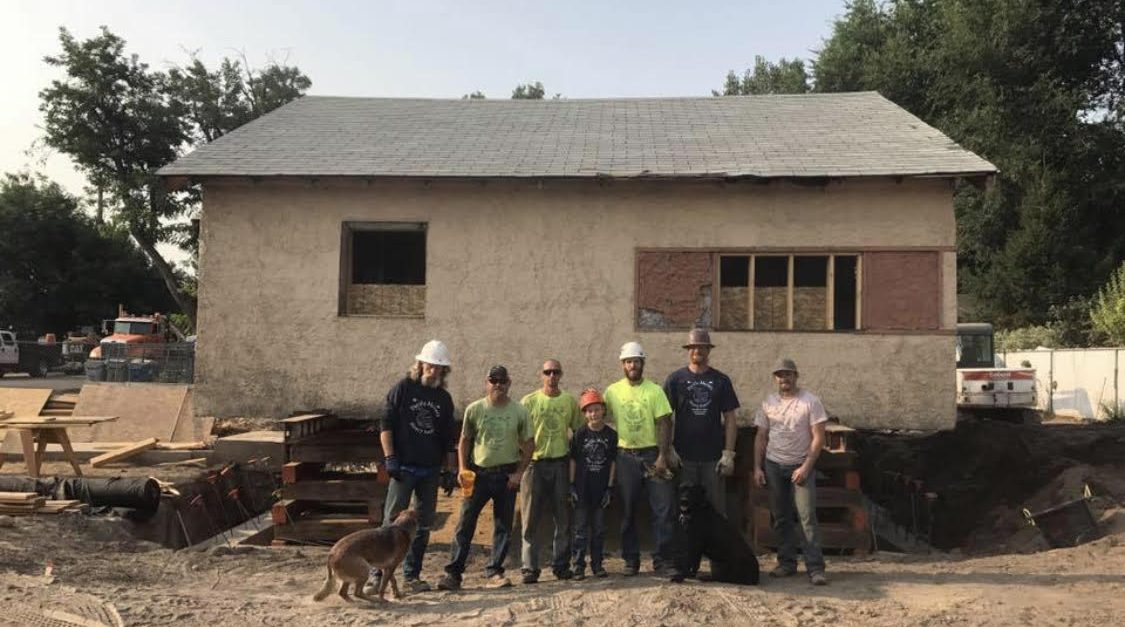
When planning a modular build, one of the most important steps to ensure success is modular home site preparation. Long before your new home arrives, the site must be properly prepared to avoid costly delays, structural issues, or last-minute changes. This process includes grading the soil, creating drainage solutions, ensuring driveway and access roads can handle delivery, and trenching for utility hookups. Think of it as laying the foundation for everything else to go smoothly. Below, we’ll walk through the essentials of site prep, with practical insights and contractor coordination tips you can use as a checklist before your modular home delivery.
Grading and Drainage Best Practices for Your Site
Proper grading and drainage form the backbone of modular home site preparation. Without them, you could end up with foundation issues, water pooling, or soil erosion that damages your home over time.
The first step is to have your builder or contractor survey the land. They will evaluate the natural slope of the property and determine whether grading is needed. Grading typically involves cutting high points and filling in low spots to create a level pad where your home will sit. The pad itself should be compacted and stable enough to support the weight of the modular sections and foundation.
Beyond creating a flat pad, grading should also ensure water flows away from the foundation. The ground immediately surrounding the foundation area should slope at least six inches for the first ten feet. This prevents rainwater from pooling near your home and helps protect against leaks or basement flooding.
Erosion Control and Silt Fencing Tips
While grading improves drainage, it can also leave loose soil exposed. Until landscaping or permanent ground cover is installed, you’ll need erosion control measures. Contractors often use silt fencing to catch soil before it runs off during storms. Silt fencing is installed along the perimeter of graded areas and is especially important if your site is near creeks, wetlands, or neighboring properties.
In addition to silt fencing, consider straw wattles or hydroseeding bare slopes. These prevent soil erosion and keep your site compliant with local environmental regulations. If left unmanaged, erosion can not only affect your property but may also result in costly fines from local agencies.
Access Road and Driveway Requirements
Delivering modular homes is not the same as delivering a package. The trucks that transport modular sections are long, heavy, and require significant maneuvering space. Preparing access roads and driveways is just as important as preparing the building pad.
Start by examining how the delivery trucks will reach your property. Access roads must be wide enough, firm enough, and free from low-hanging obstacles like tree branches or power lines. Gravel may need to be added to stabilize dirt roads, especially if delivery is scheduled during wet seasons. Driveways must be able to handle both the weight of the trucks and the width of the modules.
Turning Radius Needs for Delivery Trucks
One detail often overlooked during site prep is the turning radius required for modular delivery trucks. These vehicles can be more than 70 feet long with the module in tow. Tight turns on country roads or narrow driveways can become major obstacles if not addressed early.
Your contractor should map out the delivery route and, if necessary, coordinate with local officials for temporary road modifications. In some cases, trees may need trimming, or culverts may need reinforcement to accommodate the heavy load. By confirming turning radius requirements in advance, you’ll avoid a stressful delivery day where trucks cannot reach the foundation site.
Utility Trenching and Hookup Preparations
Before your modular home arrives, trenches for utilities such as water, sewer, electricity, and internet must be in place. This preparation ensures the home can be connected quickly once set on the foundation.
Trenching involves digging channels from the foundation site to the main service lines or meters. Each utility has its own specifications regarding depth and separation. For example, electrical lines often need to be buried at least 18 inches deep, while water and sewer lines may require greater depths to prevent freezing in cold climates.
Planning utility trenches in advance also ensures that once the home is installed, you won’t have to dig up freshly graded land or newly poured driveways to complete hookups. Coordination between your builder, utility companies, and site prep contractor is critical for avoiding costly mistakes.
Locating Underground Lines Before Digging
One of the most important safety steps in utility trenching is locating existing underground lines before any digging begins. Striking an existing gas or electrical line can be dangerous and cause serious delays.
Always contact your local “call before you dig” service, often reached by dialing 811 in the U.S. This service marks underground lines on your property so trenching can be done safely. Your contractor should also use this information to plan the most efficient trench layout, avoiding unnecessary overlaps or rerouting.
Coordinating Contractors for a Smooth Site Prep
While grading, drainage, driveway preparation, and trenching are the main elements of modular home site preparation, the success of each task depends on coordination between different professionals. Your builder, excavation contractor, utility companies, and delivery crew must all communicate clearly to keep the process on schedule.
One of the best ways to manage coordination is to develop a site preparation checklist. This should outline each step in the sequence, who is responsible, and when the work needs to be completed. For example, grading should be completed before utility trenching begins, while driveway access should be finalized before delivery day. By using a checklist, you’ll minimize overlap and ensure no details are overlooked.
Inspections and Compliance
In addition to contractor coordination, many jurisdictions require inspections before moving forward with different phases of site prep. For instance, your local building department may need to sign off on grading and drainage, utility trenches, or erosion control measures before approving the foundation pour. Be sure to check with local officials early in the process to understand all inspection requirements. This keeps your project compliant and avoids delays when your home is ready to be set.
Other Considerations for Modular Home Site Preparation
Beyond the essentials of grading, drainage, access, and utilities, there are other considerations to ensure a trouble-free modular build.
- Temporary Structures: Plan where delivery crews can stage equipment, store tools, or set up cranes during installation.
- Weather Readiness: If delivery is scheduled during winter or rainy seasons, prepare your site with gravel, mats, or pumps to manage mud and standing water.
- Neighbor Coordination: Inform neighbors about delivery dates and possible temporary road closures, especially in rural or tight residential areas.
- Future Expansion: When trenching utilities or planning driveways, think about possible future expansions like garages, decks, or additional landscaping.
By considering these details upfront, you’ll not only make installation smoother but also save yourself from future disruptions.
Partner With Experts for Peace of Mind
Handling modular home site preparation may sound overwhelming, but with the right planning and professional coordination, it becomes a manageable and rewarding process. From grading and drainage to driveway access and utility trenching, every step you take before your home arrives ensures that installation goes off without a hitch.
At Associated Pacific Movers, Inc., we understand how important these preparations are. As a leading home mover in Boise, ID, and throughout the state, we specialize in making modular and manufactured home moves stress-free. Whether you need guidance on access roads, turning radius requirements, or foundation preparation, our team brings years of experience to every project.
Contact us today to schedule your next move and let us help you ensure your modular home site is ready for a smooth and successful installation.
